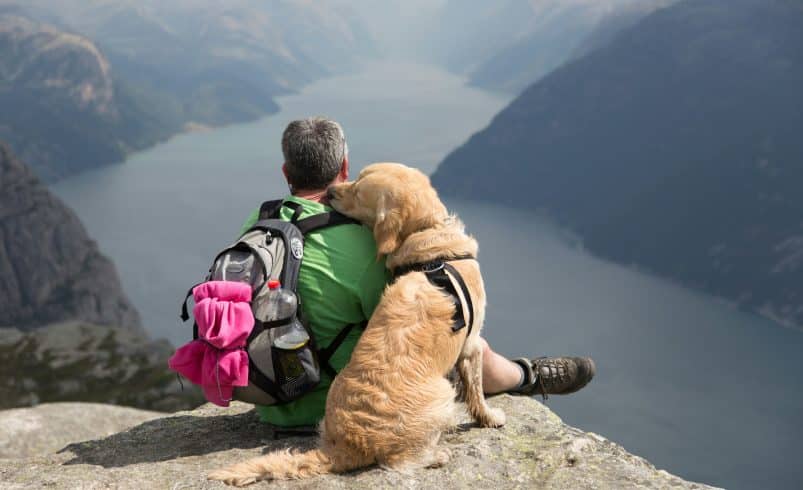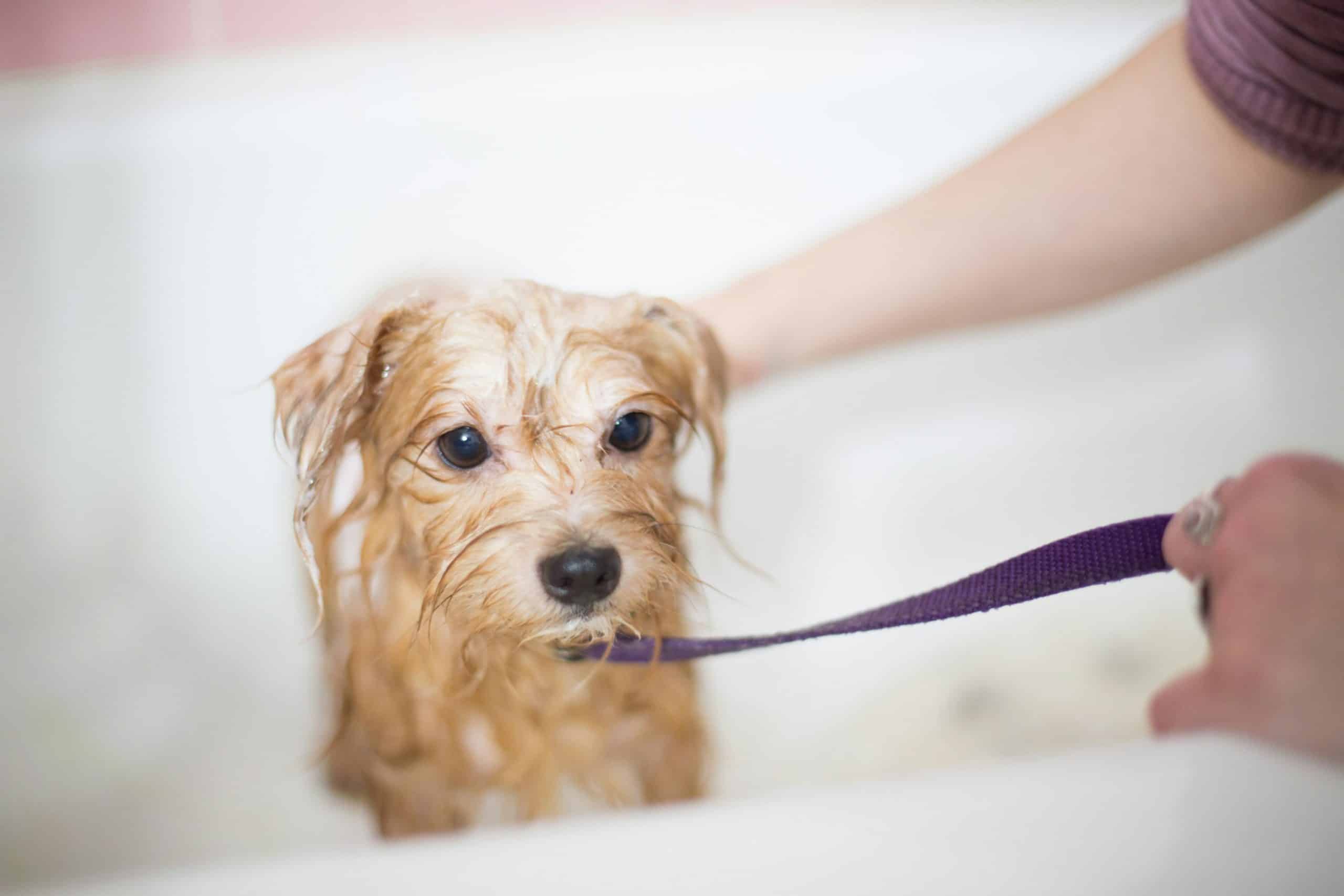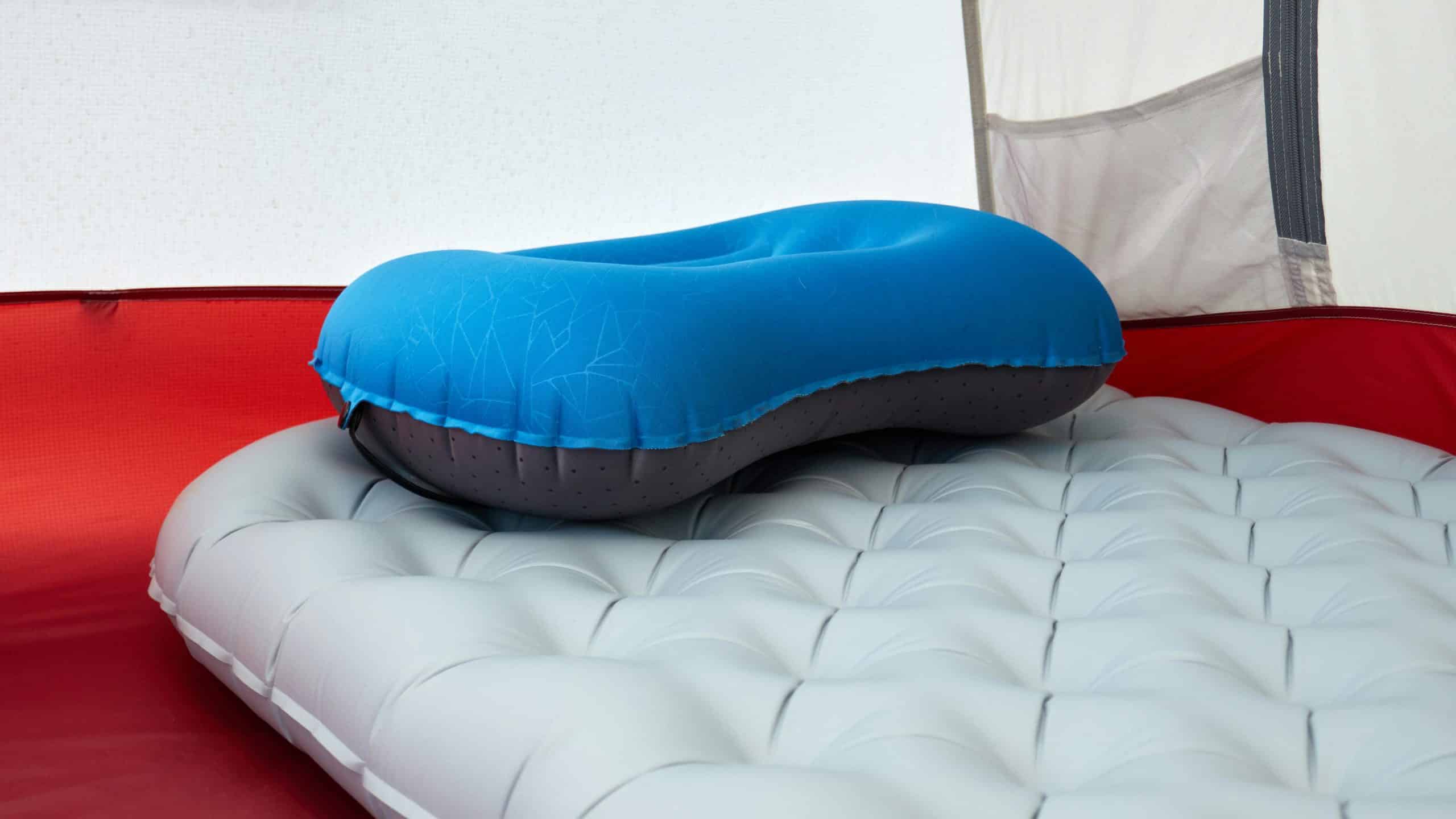The moment I decided to take my energetic golden retriever on a cross-country road trip, I questioned my sanity. According to a recent American Pet Products Association survey, 68% of pet owners report experiencing significant anxiety when traveling with their animals. Yet, the joy of sharing adventures with our furry companions makes it worthwhile—if done right. Whether you’re planning a weekend getaway or an international expedition, mastering the art of pet travel can transform what could be a chaotic experience into a memorable journey. This guide will walk you through everything you need to know about traveling with pets while preserving your peace of mind.
Pre-Trip Planning: Setting Yourself Up for Success
Preparing for travel with your pet requires thoughtful planning and organization. The difference between a stress-filled journey and a memorable adventure often comes down to preparation.
Creating a comprehensive pet travel checklist tailored to your specific animal’s needs forms the foundation of successful pet travel. This checklist should include all necessary supplies, documents, and emergency contacts. For dogs, include leashes, waste bags, and familiar toys. Cat owners should pack litter, a portable litter box, and calming pheromone sprays. Small mammals require appropriate bedding and hideaways, while birds need secure travel cages and familiar perches.
Scheduling a pre-travel veterinary check-up is non-negotiable before embarking on your journey. Your veterinarian can assess your pet’s overall health, update vaccinations, and provide travel-specific recommendations. This visit is particularly important for senior pets, those with chronic conditions, or animals that haven’t traveled before. Ask your vet about potential region-specific health risks at your destination and appropriate preventative measures.
Researching pet-friendly accommodations requires more than a quick internet search. Contact potential lodgings directly to confirm their current pet policies, as these frequently change. Inquire about specific restrictions regarding pet size, breed, number of animals allowed, and areas where pets are permitted on the property. Many accommodations that advertise as “pet-friendly” may have surprising limitations once you dig deeper.
Updating identification tags and microchip information is critical before departure. Ensure all contact information is current, including your cell phone number and perhaps a temporary contact at your destination. Consider adding a temporary tag that includes where you’ll be staying during your trip. For international travel, research microchip compatibility requirements, as standards vary globally.
Familiarizing yourself with pet travel regulations requires thorough research, especially for international destinations. Many countries have strict entry requirements including specific vaccination schedules, health certificates, waiting periods, and sometimes quarantine. Begin researching these requirements at least 3-6 months before travel, as some processes require significant lead time.
Packing appropriate pet supplies means thinking beyond the basics. Beyond food and medications, consider comfort items like their bed or a blanket with familiar scents. Pack enough food for the entire trip plus extra in case of delays. Bring water from home in travel containers to minimize digestive upset from unfamiliar water sources. Include recent photos of your pet for identification purposes in case they become lost.
Planning your route with pet-friendly rest stops requires mapping out your journey in advance. For road trips, identify pet-friendly parks or rest areas approximately every 2-3 hours to allow for exercise and bathroom breaks. Research emergency veterinary clinics along your route and at your destination, saving their contact information and addresses in your phone for quick access in case of an emergency.
Choosing the Right Transportation Method
The transportation method you select significantly impacts your pet’s travel experience. Each option presents distinct advantages and challenges based on your pet’s temperament and health needs.
Air travel versus road trips presents a fundamental choice for pet owners. Road trips offer greater control over the environment, frequent breaks, and the comfort of your presence. However, they may not be practical for long distances. Air travel provides speed but subjects pets to unfamiliar environments, potential cargo hold conditions, and separation anxiety. Consider your pet’s personality—anxious pets typically fare better on road trips, while adaptable, calm animals may handle air travel with less stress.
Understanding airline pet policies in 2025 reveals an evolving landscape of regulations. Major carriers have implemented more stringent health certificate requirements, breed restrictions, and seasonal embargoes during extreme temperatures. Most airlines now require IATA-compliant carriers with specific dimensions and ventilation standards. Some carriers offer premium pet cabins or specialty services for in-cabin pets. Research each airline’s pet incident reports and oxygen mask policies before booking.
Acclimating your pet to their travel carrier or car restraint system should begin weeks or even months before your trip. For carrier training, place the open carrier in common living areas with comfortable bedding inside. Gradually introduce treats, meals, and favorite toys in the carrier, eventually progressing to brief periods with the door closed. For car restraints, begin with your pet wearing the harness indoors before progressing to stationary car sessions, then short drives, gradually building duration.
Minimizing motion sickness requires preventative strategies. Veterinarians may prescribe medications like Cerenia for severe cases, but natural approaches include limiting food intake 4-6 hours before travel, providing small amounts of water, ensuring proper ventilation, and using calming music specifically composed for pet anxiety. Pressure wraps can help some pets feel more secure during motion. Position carriers to minimize visual movement cues while maintaining airflow.
Special considerations for exotic pets or traveling with multiple animals introduces additional complexity. Exotic pets often have specific temperature and humidity requirements that must be maintained during travel. Traveling with multiple pets may necessitate assistants to help manage bathroom breaks and supervision. Consider how animals that cohabitate at home will interact in confined travel spaces, potentially using separate carriers to prevent stress-induced conflict.
Pet transport services offer specialized solutions for long-distance moves when you cannot accompany your pet. These services range from ground transportation networks to international pet relocation specialists. Evaluate providers based on IPATA certification, climate-controlled vehicles, regular rest stops, real-time GPS tracking capabilities, and transparent communication protocols. Request detailed itineraries and contingency plans for emergencies.
Safety equipment essentials for car travel have advanced significantly. Modern options include crash-tested carriers, vehicle-specific pet barriers, spill-proof water bowls, and multi-point harness systems that connect to seat belt mechanisms. For larger dogs, back seat hammocks protect upholstery while preventing falls into foot wells. Window shades protect from sun exposure and overheating. Never allow pets to ride with their heads outside windows or unsecured in truck beds, regardless of how common these practices appear.
Managing Pet Anxiety During Travel
Travel anxiety manifests differently across pet species and individual temperaments. Recognizing and addressing these stress responses early can transform the travel experience for both you and your animal companion.
Recognizing signs of travel anxiety requires attention to subtle behavioral changes. Dogs may pant excessively, drool, whine, pace, or become unnaturally still and withdrawn. Cats often vocalize persistently, groom excessively, hide, or eliminate outside their litter box. Birds might pluck feathers, display aggressive behavior, or become abnormally quiet. Small mammals like rabbits or guinea pigs may freeze, thump, or attempt frantic escape. These physical manifestations signal significant distress requiring intervention.
Natural calming techniques offer first-line approaches for managing mild to moderate anxiety. ThunderShirts and other pressure wraps provide gentle, constant pressure that soothes nervous systems. Pheromone products like Feliway for cats or Adaptil for dogs mimic natural calming signals. Calming music specifically composed for pets—featuring simplified melodies and specific frequency ranges—has demonstrated effectiveness in clinical studies. Lavender and chamomile essential oils (properly diluted and kept away from direct pet contact) can create calming environments.
Veterinary anti-anxiety medications become appropriate when natural methods prove insufficient. Common prescription options include trazodone, gabapentin, or alprazolam for acute anxiety, while fluoxetine may be prescribed for longer-term management. Critical timing is essential—most medications require administration 1-2 hours before stressful events, though some take days to reach therapeutic levels. Always test any medication before your trip to observe how your pet responds and adjust dosing under veterinary supervision.
Creating familiar environments in unfamiliar places leverages your pet’s powerful sense of smell. Bring unwashed bedding containing your scent and your pet’s. Packing their regular food bowls, toys, and treats creates consistency. Some pet behaviorists recommend rubbing a soft cloth over your pet’s face to collect their scent, then wiping this cloth on new surroundings at your destination. This scent-marking helps pets recognize territory as “safe” more quickly.
Maintaining consistent routines represents a powerful anxiety management tool, even while traveling. Feed pets at their regular times, maintain similar walking schedules, and preserve play rituals. This temporal consistency signals safety and normalcy. When complete schedule adherence isn’t possible, prioritize maintaining one or two anchor activities at consistent times to provide structure amidst change.
Exercise strategies help discharge nervous energy that otherwise fuels anxiety. Prior to departure, engage your pet in vigorous play or extended walks, aiming for slight physical fatigue that promotes relaxation during travel. However, avoid exhaustion, which can increase stress. During multi-day journeys, incorporate morning exercise sessions before continuing travel to maintain this benefit throughout your trip.
Training exercises specifically designed for travel situations can build confidence and coping skills. Practice short car rides with positive reinforcement, gradually extending duration. Create positive associations with travel cues like carriers, car keys, or suitcases. Teach a portable “settle” command on a travel mat that can be brought anywhere. For dogs, training solid “wait” commands at doorways and entryways improves safety during transitions between vehicles, hotels, and rest stops.
Navigating Accommodations with Pets
Successfully staying in temporary accommodations with pets requires understanding policies, managing behavior, and creating secure environments that benefit both your animal and fellow travelers.
Decoding pet-friendly hotel policies reveals significant variation between properties. Standard policies typically specify weight limits (often 25-50 pounds), breed restrictions, maximum number of pets (usually 1-2 per room), and designated pet-friendly floors or rooms. Fee structures vary dramatically—from free accommodation to daily charges ($25-$75), one-time cleaning fees ($50-$250), or refundable deposits. Some properties restrict unattended pets in rooms, while others permit limited absence with notification. Premium pet programs might include welcome amenities, walking services, or pet room service menus.
Setting up a comfortable temporary home base begins immediately upon arrival. Establish a designated pet area with their bed, toys, and water bowl. For cats, position the litter box in a quiet, low-traffic area, ideally a bathroom. Blocking off-limit areas with portable gates prevents exploration of dangerous spaces. Thoroughly inspect accommodations for potential hazards like exposed wires, toxic plants, or unsecured windows before allowing your pet free movement. Creating this defined space helps pets understand boundaries and reduces anxiety.
Etiquette for staying in shared accommodations encompasses both written and unwritten rules. Always clean up after pets immediately, both indoors and outdoors. Keep pets leashed in common areas unless in designated off-leash zones. Minimize noise by addressing barking promptly and containing excited play to appropriate times. When staying with friends or family, have clear conversations about expectations regarding where pets can sleep, furniture access, and feeding arrangements. Consider temporary covers for furniture if your hosts permit pet access.
Managing barking and disruptive behaviors requires proactive strategies. White noise machines or television can mask external sounds that trigger barking. Exercise pets thoroughly before leaving them alone to reduce excess energy. For separation anxiety, practice gradually increasing alone time, starting with brief departures. Anti-bark devices using citronella or ultrasonic sounds provide humane interruption for persistent barkers. For destructive chewing, provide appropriate alternatives and consider secure crating when unsupervised if your pet is properly crate-trained.
Quick cleaning tips for managing pet messes include packing a travel-sized enzyme cleaner specifically formulated for pet accidents. Portable carpet cleaners or steamers designed for travel provide deeper cleaning for more significant incidents. Waterproof mattress covers protect beds, while washable furniture throws shield upholstery. Disposable puppy pads create emergency stations for older pets or those with unpredictable schedules. Grooming wipes help manage shedding and dander between formal baths.
Creating pet-safe environments requires scanning for risks that might be overlooked. Secure trash cans with locking lids prevent access to harmful food waste. Remove or secure houseplants that may be toxic. Check for gaps under furniture where small pets could become trapped. Ensure balcony railings have no wide gaps allowing pets to slip through. Relocate any potentially toxic hotel amenities like coffee pods or toiletries to high shelves. Electrical cords should be bundled and secured away from chewing access.
Strategies for leaving pets alone in accommodations depend on your pet’s comfort level with solitude. For brief absences, provide puzzle toys filled with high-value treats to create positive associations. Place “Do Not Disturb” signs on doors to prevent unexpected housekeeping entry. Many properties offer pet-sitting services, while apps like Rover can connect you with local sitters for longer absences. Some hotels provide pet cameras with two-way communication features, allowing remote monitoring and reassurance.
Destination-Specific Pet Travel Tips
Different travel environments present unique considerations for pet safety and enjoyment. Adapting your approach to specific destination types maximizes positive experiences while minimizing risks.
Beach vacations require awareness of specific coastal hazards. Salt water ingestion causes severe dehydration and electrolyte imbalances, so provide fresh water frequently and monitor drinking from ocean sources. Hot sand can burn paw pads, necessitating protective booties or limiting beach time to morning and evening hours. Research local regulations, as many beaches restrict pet access during peak tourist seasons or limit them to specific hours or designated pet beaches. Be vigilant about strong currents, undertow, and jellyfish or other marine hazards. Rinse salt water and sand from fur after beach visits to prevent skin irritation and coat damage.
Mountain and hiking adventures introduce altitude and terrain challenges. Acclimatize pets gradually to higher elevations, watching for signs of altitude sickness including lethargy, reduced appetite, or unusual breathing patterns. Choose appropriate trails based on your pet’s fitness level and age, avoiding technical terrain requiring climbing equipment. Pack extra food as energy requirements increase at elevation. Carry pet-specific first aid supplies for paw injuries, including booties, antiseptic wipes, and liquid bandage. Research wildlife patterns in your hiking area, particularly predator activity that might threaten smaller pets.
Urban explorations require strategic planning in busy environments. Research pet-friendly public transportation options, as policies vary significantly between cities. Map pet-relief areas in advance, particularly in dense urban centers where green space is limited. Protect paw pads from hot pavement, broken glass, and chemical de-icers with protective booties or paw wax. Consider a pet stroller for smaller animals in crowded areas or for elderly pets who tire easily but want to remain included. Research pet-friendly cafes, shops, and attractions to create an inclusive itinerary.
International travel introduces complex regulatory considerations. Many countries require titer tests proving rabies immunity, with results needed months before arrival. Some nations impose breed bans, particularly on brachycephalic dogs or breeds considered dangerous. Research cultural attitudes toward pets in your destination—what’s acceptable in pet-friendly North America or Europe may violate social norms elsewhere. International pet passports organize required documentation, while some countries require ISO-standard microchips operating at specific frequencies.
Camping with pets combines enjoyment with unique safety considerations. Use appropriate restraint systems at campsites, including stake-in-ground ties or portable pet playpens rather than tethering to trees, which damages bark. Protect pets from wildlife encounters with proper food storage—keep pet food secured as diligently as human food. Watch for foxtails, burrs, and poisonous plants during wilderness exploration. Consider a reflective or LED collar for visibility in low light conditions. Ensure your tent is properly secured against escape, particularly for cats or determined dogs.
Theme parks and attractions typically restrict pet access to service animals, requiring alternative arrangements. Research pet daycare facilities near major attractions, booking well in advance during peak seasons. Some destinations offer specialized pet care with live video feeds for monitoring. For Disney destinations, certain resorts provide dedicated pet care facilities with outdoor play yards and overnight boarding. Alternatively, arrange for in-room pet sitting through vetted services if your accommodation permits unattended pets.
Seasonal considerations dramatically affect pet travel safety. In summer, never leave pets in vehicles—interior temperatures can reach lethal levels within minutes even in moderate weather. Schedule outdoor activities during cooler morning or evening hours to prevent heat stress and burned paw pads. In winter, protect against hypothermia with appropriate sweaters for short-coated breeds and booties to prevent ice ball formation between toes. Monitor for antifreeze exposure when traveling in cold regions, as this sweet-tasting but deadly substance may be accessible in parking areas or driveways.
Handling Pet Emergencies Away from Home
Emergency preparedness forms a critical component of responsible pet travel. Anticipating potential crisis situations allows for rapid, effective response when time matters most.
Building a travel pet first aid kit requires thoughtful selection of essential supplies. Include digital and print copies of medical records, current medications, and vaccination certificates. Stocking basics like gauze pads, self-adhering bandage wrap, styptic powder for nail bleeding, saline eye wash, and tweezers provides initial response capability for common injuries. Add pet-specific antihistamines (with veterinarian-approved dosing instructions), activated charcoal for potential toxin ingestion, and a rectal thermometer with lubricant. Store emergency contact information including your regular veterinarian’s number and the ASPCA Poison Control hotline (888-426-4435) in waterproof format.
Identifying emergency veterinary services before arrival provides crucial time savings during crises. Research 24-hour emergency facilities at your destination and along your travel route. Save their precise locations in your mapping application and program their phone numbers into your contacts. For international travel, identify facilities with English-speaking staff or translation services. The American Animal Hospital Association (AAHA) accreditation indicates facilities meeting higher care standards, while VetFinder and GoPetFriendly offer searchable databases of emergency services.
Managing common travel-related health issues requires recognizing warning signs. Dehydration manifests through lethargy, dry gums, and skin tenting (slow return when gently pulled).
Your Pet Travel Success Blueprint
The journey doesn’t end when you return home. Each travel experience with your pet builds confidence and creates a foundation for future adventures. By implementing the strategies outlined in this guide, you’ve transformed from an anxious pet parent to a seasoned travel companion for your furry friend. Remember that flexibility remains your greatest asset—sometimes the unexpected detours create the most memorable moments. As you plan your next excursion, approach it with confidence knowing you’ve mastered the art of traveling with pets while keeping your sanity perfectly intact.













